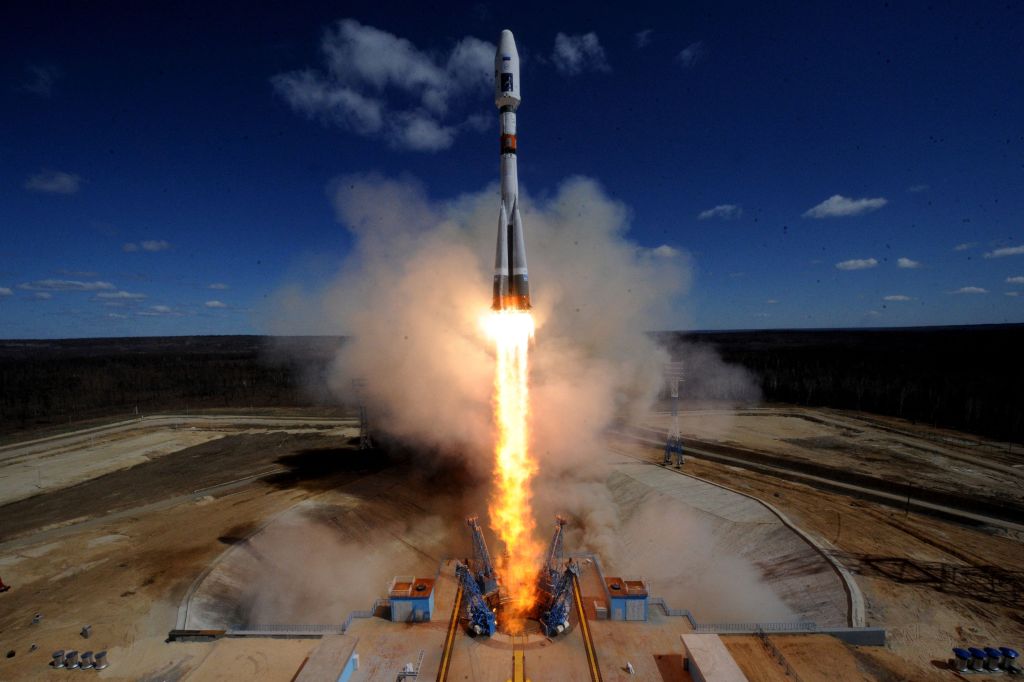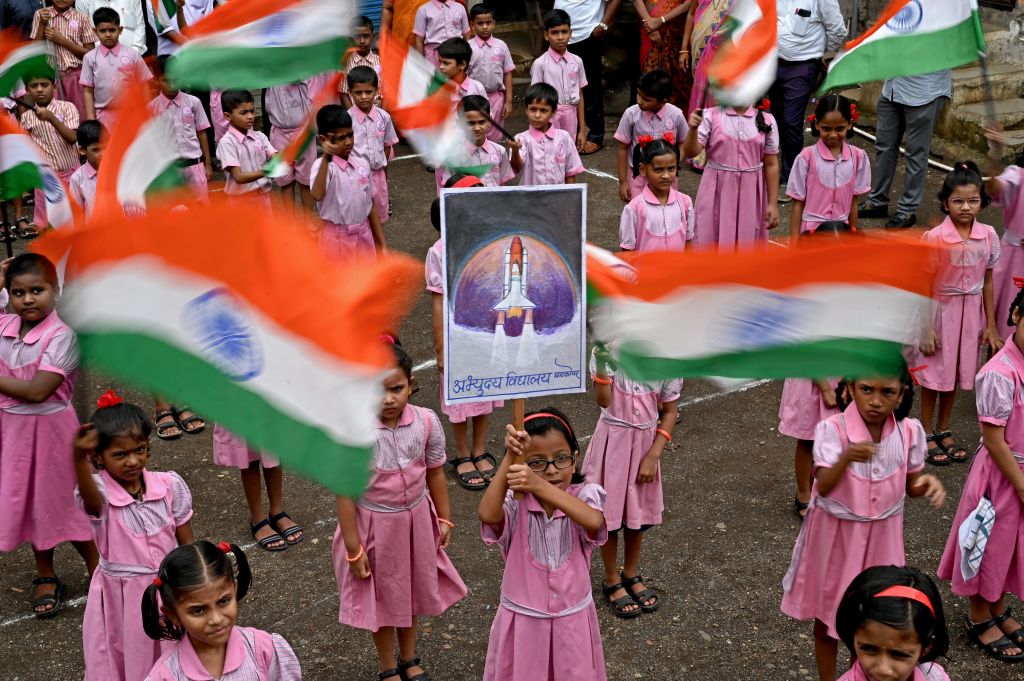Russia is preparing to launch its first mission to the Moon’s surface in nearly a half-century, making it the latest nation to join a new 21st century race to the lunar surface.
Luna-25 is due to lift off on Friday from Vostochny Cosmodrome in the Russian Far East, just a few weeks after India launched its lunar lander, Chandrayaan-3, from Satish Dhawan Space Centre in the Bay of Bengal.
Videos by VICE
Both missions will try to land on the Moon’s south pole on, or around, August 23. It’s not yet clear which nation will get to the lunar surface first.
Russia’s last lunar lander, Luna 24, arrived on the Moon in 1976, and successfully sent a package of samples back to Earth. After that, lunar surface exploration fell into a decades-long slump that was finally broken in 2013, when China landed its Chang’e-3 mission on the lunar surface. China has since become the first nation to land on the far side of the Moon, with its Chang’e-4 mission, as well as the first nation since Russia to send samples of the Moon back to Earth, with its Chang’e-5 mission.
Other nations have experienced setbacks in their efforts to explore the Moon. Israel launched its Beresheet lander in 2019, but the spacecraft ultimately crashed, potentially spilling tiny animals called tardigrades onto the lunar surface.
India’s last attempt to land on the Moon, Chandrayaan-2, likewise crashed in 2019 due to a software glitch in the descent phase. Earlier this year, a Japanese company attempted to land a Moon mission called Hakuto-R, but the spacecraft also ended up as wreckage after a malfunction.
Russia and India will now vie to be the first to break this recent losing streak. Both are headed to the lunar south pole, which has never been explored by an operational surface mission. The region is a major destination for a host of forthcoming Moon missions, including the NASA-led Artemis Program, which aims to land humans on the south pole in the coming decade.
Scientists think that vast reserves of ice and minerals in these southern polar wilds could provide vital life support, including drinking water, as well as other materials that could assist with human exploration of the Moon.
To that end, the 68-pound Luna 25 lander includes a robotic arm and scoop designed to search for ice and other materials that could be useful to future missions. If all goes to plan, Luna 25 will operate for about a year.
Chandrayaan-3 aims to deliver a 57-pound rover named Pragyan to the Moon’s south pole, which will only operate for a few weeks as it is not designed to survive the frigid lunar night.
Though the missions may land in quick succession later this month, they will keep their distance from each other.
“There is no danger that they interfere with each other or collide,” said Roscosmos, Russia’s space agency, according to Reuters. “There is enough space for everyone on the Moon.”




